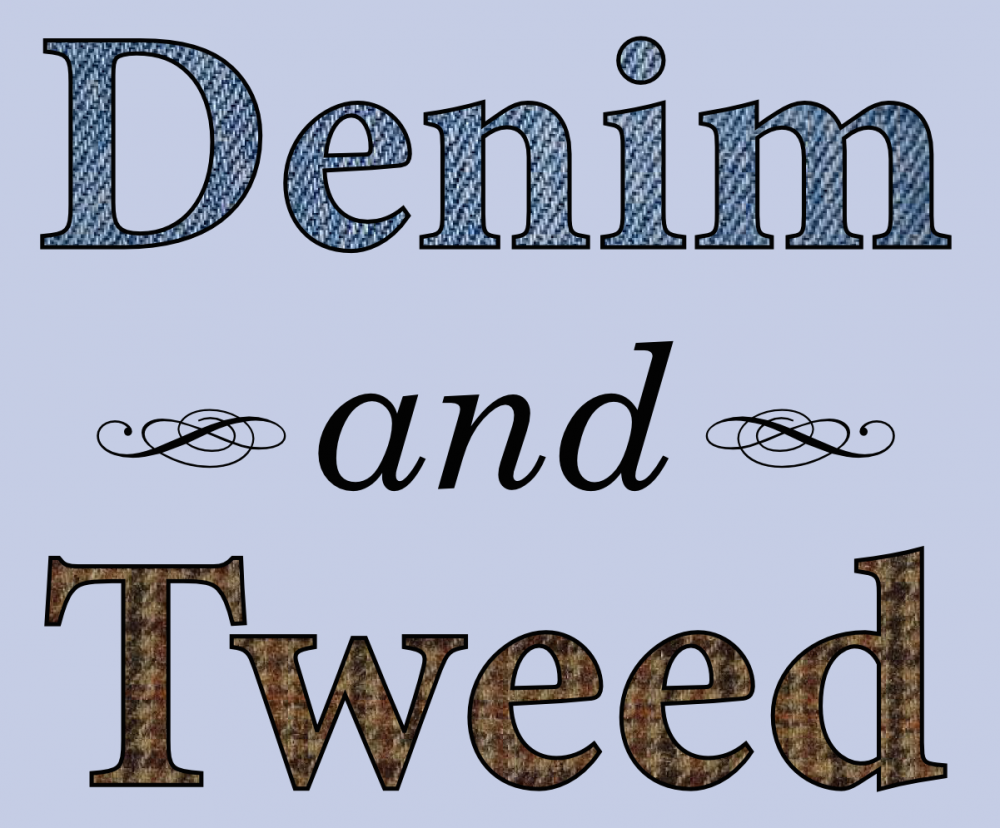 Part of the 2010 Joshua tree field crew. Photo by jby.
Part of the 2010 Joshua tree field crew. Photo by jby.Thanks to Anne Jefferson on Twitter, I see that Alex Bond has called our collective attention to Nature‘s great feature on gender equity in the sciences by making the whole thing as personal as possible: asking people to total up their collaborators and see what female-to-male ratio they find:
There’s lots out there on women in science, technology, engineering, and mathematics (STEM), the challenges they face, and the degree to which they are under-appreciated (including historical figures).
So what can I, a white man, do?
Well, the data in the Nature article had to come from somewhere. So as an actively publishing scientist, I contribute to this phenomenon (regardless of whether my data were included in Nature).
It so happens that I just put together a comprehensive list of everyone with whom I’ve ever co-authored for a grant proposal, so this took exactly as long as I needed to go down the list and recall everyone’s gender identity. As of right now, I have 42 (!) co-authors; with the addition of three undergrad research assistants who didn’t rate (or haven’t yet rated) co-authorships, I’ve directly collaborated with 29 men and 16 women, which gives a gender-gap ratio of 0.55. That’s better than the US-wide average of 0.43 given in the Nature piece, but still not nearly what I’d call parity.
Folks are tweeting their ratios with the #MyGenderGap hashtag, so it’ll be interesting to see what emerges.◼
 Photo by jby.
Photo by jby.








